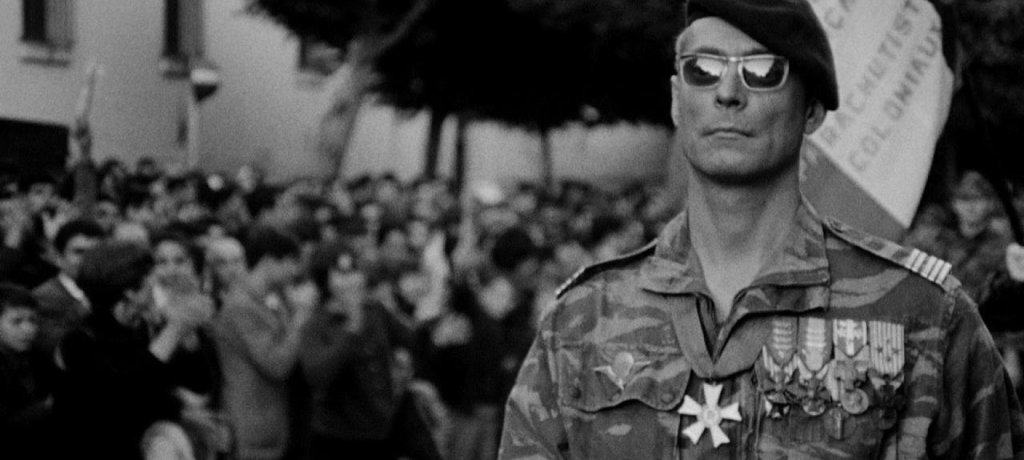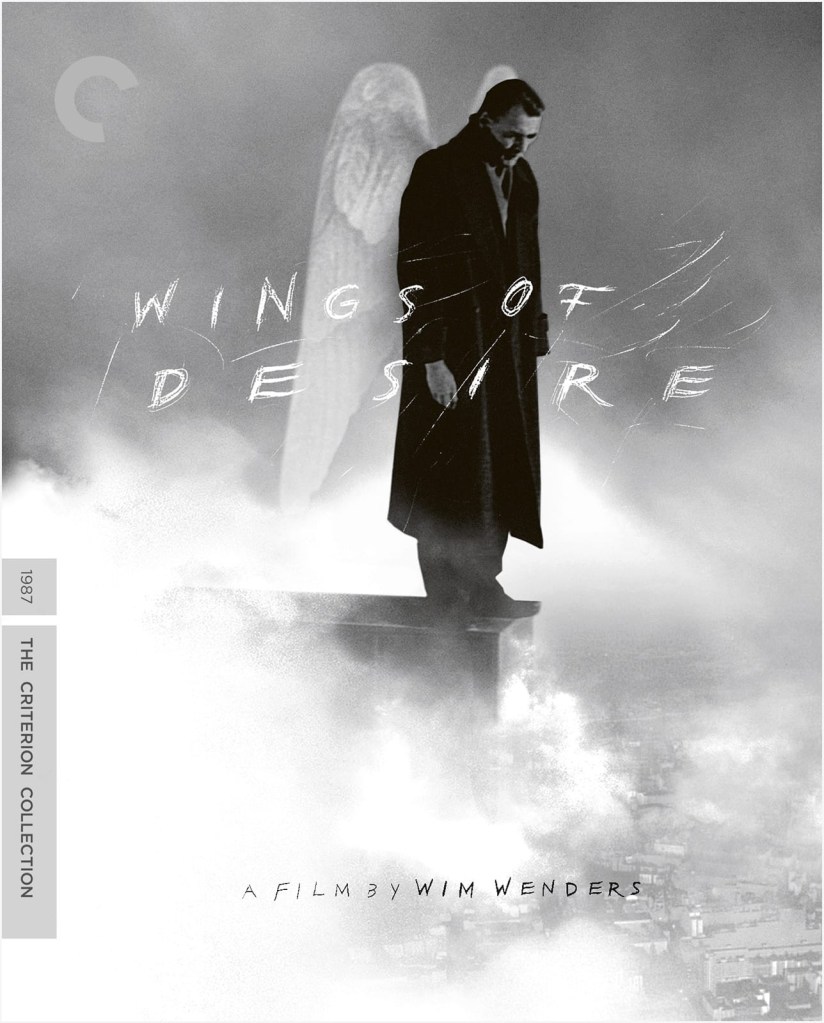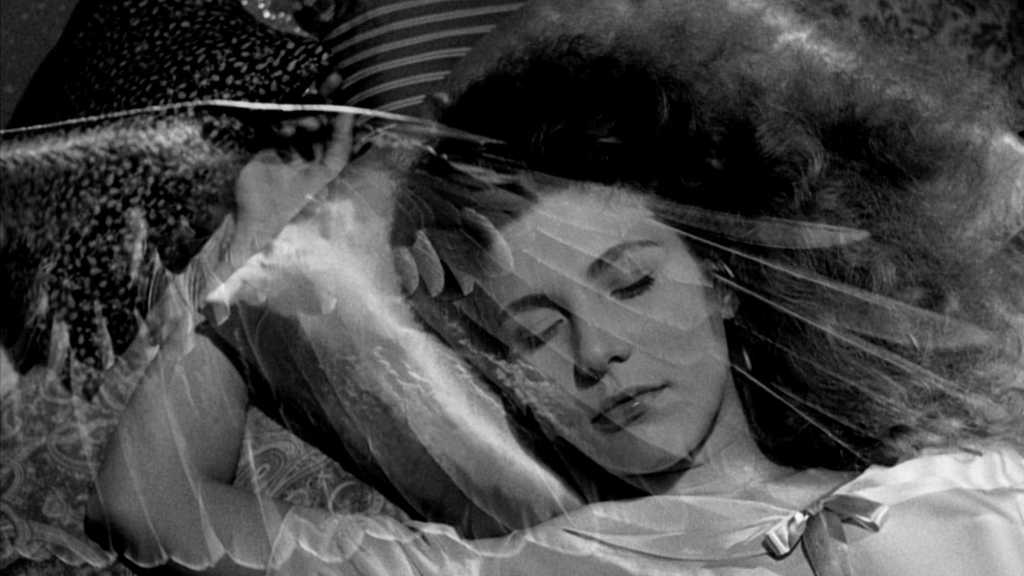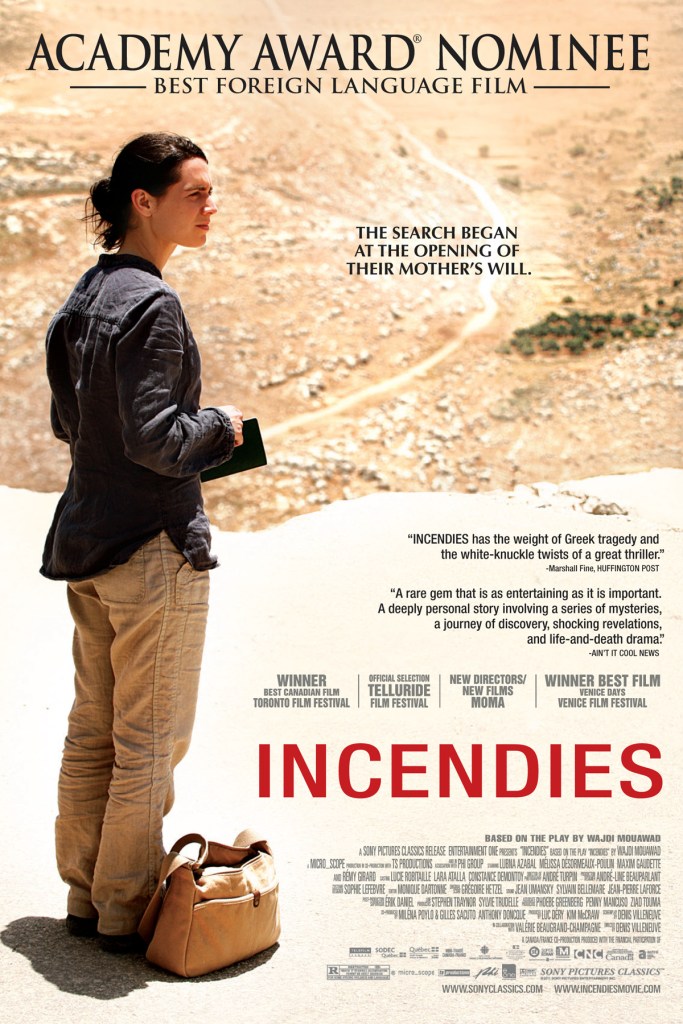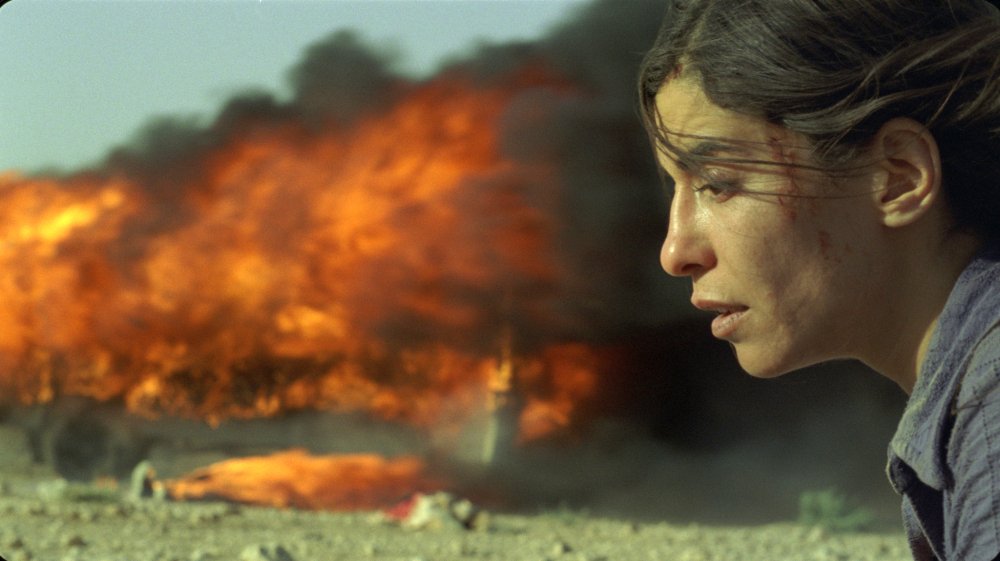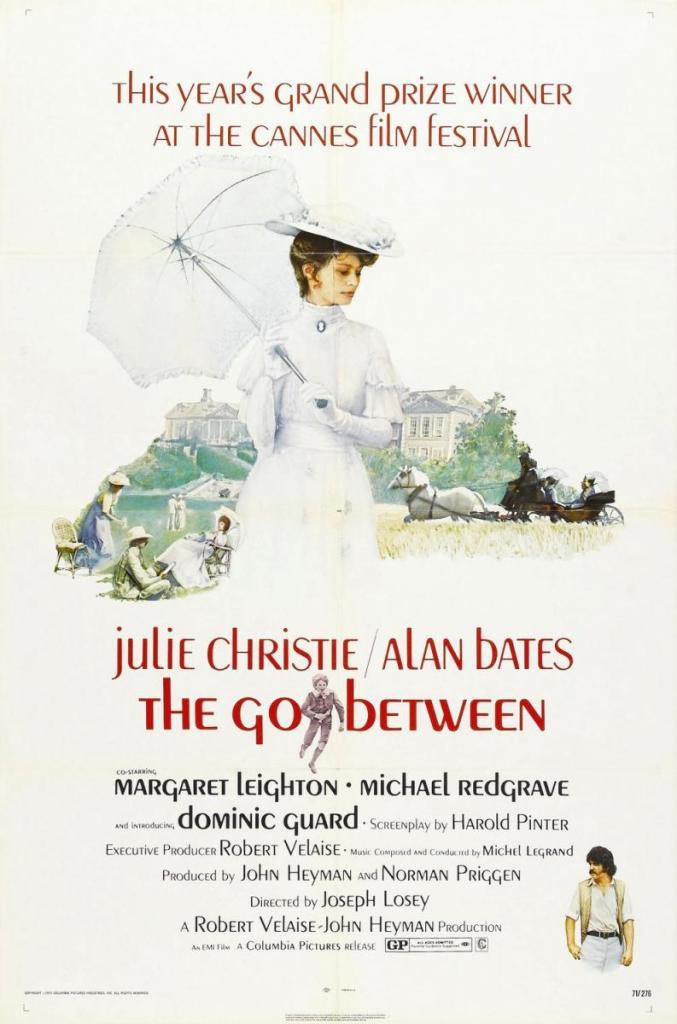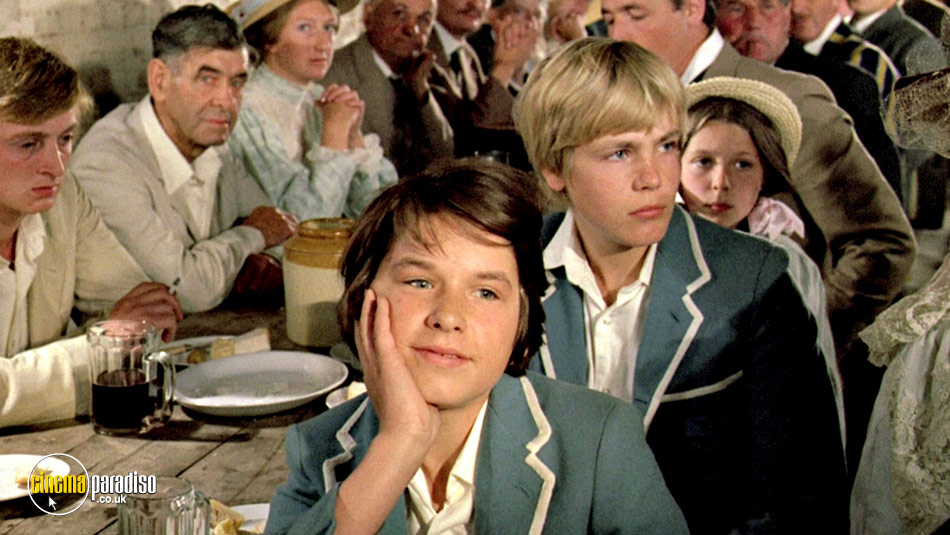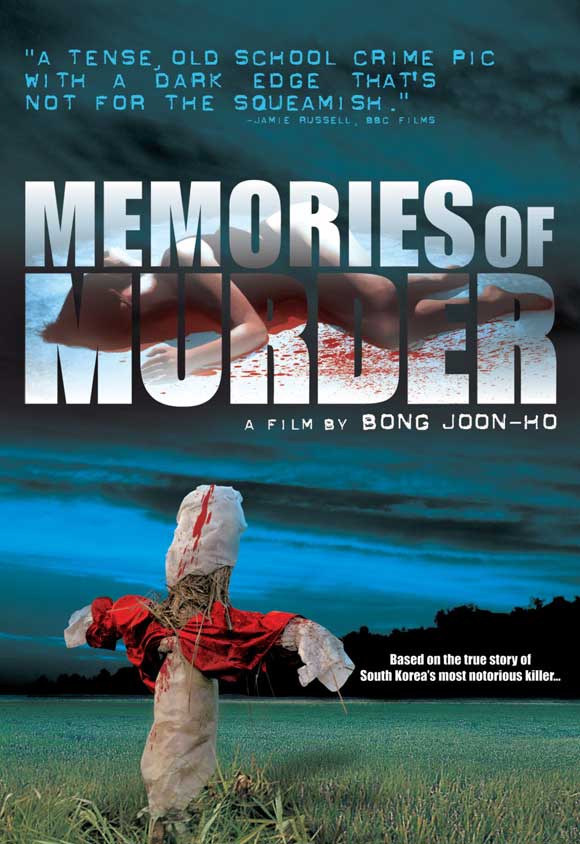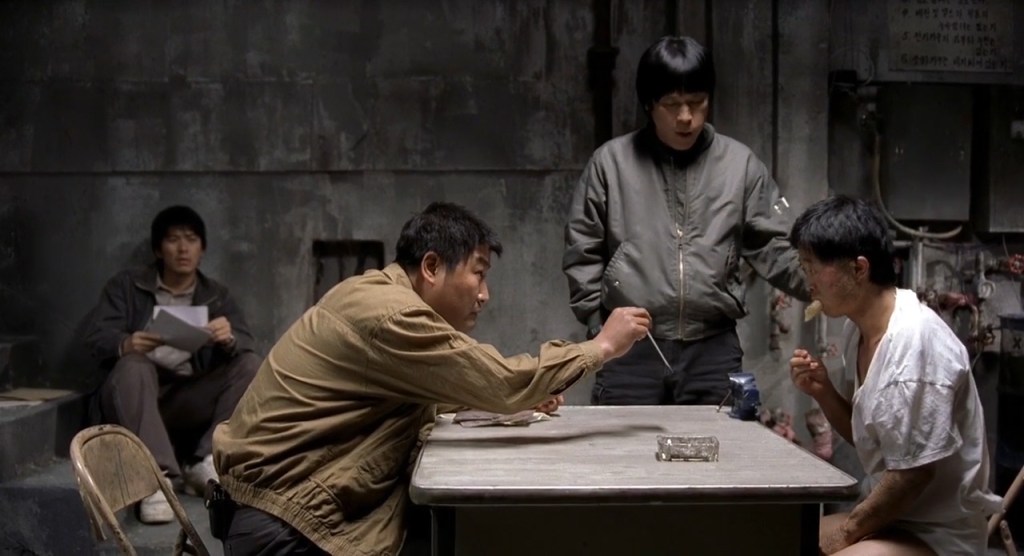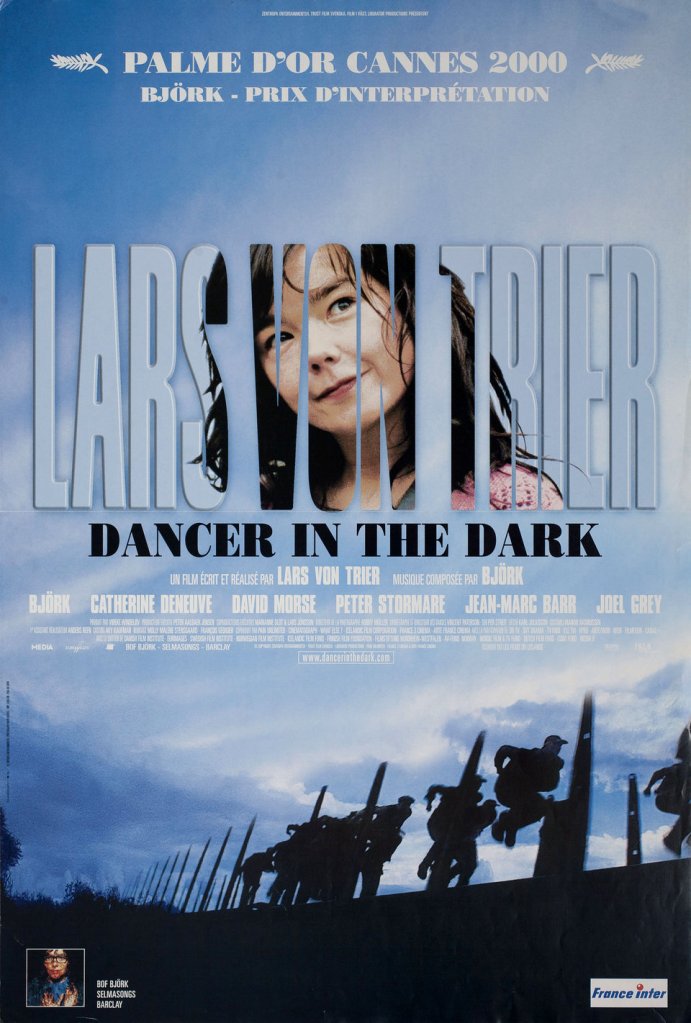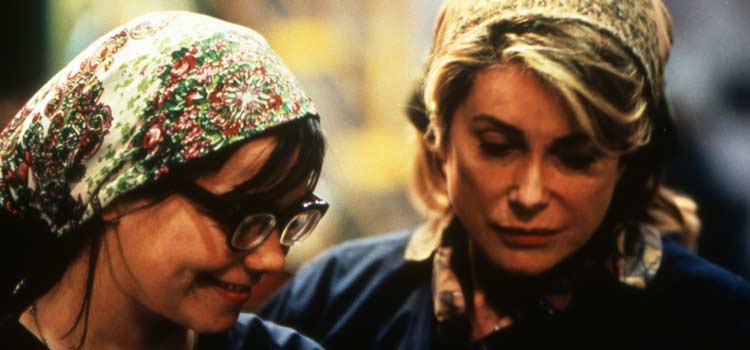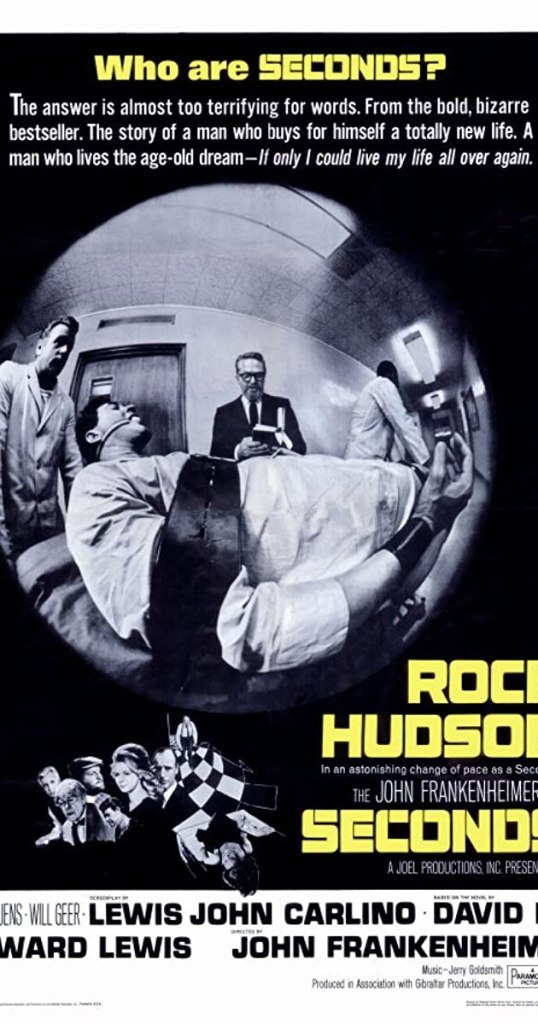THE CINEMA FIX: 10 FAVOURITE FILMS OF 2023!
Happy New Year and welcome to 2024!
Thankfully 2023 was less turbulent year on the cultural landscape than the previous years impacted by THAT virus. Nonetheless, we remain in an era where streaming platforms continue to thrive. I have lost count how many there are now and have now drawn a line under the number of subscriptions I have.
Apple TV, BBC iPlayer, BFI, Channel 4 online, Disney+, MUBI, Netflix and Sky Movies subscriptions are enough!
I still have my ODEON membership and do attend the cinema too though.
So, here are my favourite TEN films of the year containing choices watched both at home and in the cinema. If they are new releases and I saw them in 2023, they qualify.
Obviously, I have not seen every new release from 2023, so if there are any glaring omissions from my list please recommend away!
As an aperitif I include my ten favourite films of 2022. Good luck and bon voyage in 2024!
TEN FAVOURITE FILMS OF 2022!
THE BANSHEES OF INISHERIN (2022)
BONES AND ALL (2022)
CODA (2021)
DECISION TO LEAVE (2022)
DOCTOR STRANGE AND THE MULTIVERSE OF MADNESS (2022)
ELVIS (2022)
EVERYTHING, EVERYWHERE, ALL AT ONCE (2022)
THE MENU (2022)
RRR (2022)
TRIANGLE OF SADNESS (2022)
TEN FAVOURITE FILMS OF 2023!
ANATOMY OF A FALL (2023)
“. . . Anatomy of the Fall (2023) is an extremely complex film, both intelligent and thematically powerful. The courtroom exchanges between Sandra, her son Daniel, Samuel’s psychotherapist, the prosecution and defense lawyers are brilliantly written and acted. The flashback arguments between Samuel and Sandra are gut-wrenching and all too familiar to anyone who has been in or witnessed the crumbling of a marital or parental relationship. “
ASTEROID CITY (2023)
“. . .Asteroid City (2023) proves once again Wes Anderson is one of the most original filmmakers of this generation. Will he gain some more converts to his particular set of cinematic bag of tricks? Who knows. What I do know is that I was completely immersed in the colour, movement, pace, humour, aesthetics, performances and themes with the film. “
BROKER (2022)
“. . . Broker (2022) arguably has too many intertwining subplots as it strives to redeem all of the complex characters, but the wonderfully believable performances and a brilliant screenplay really grabs you and rarely lets you go. Kore-eda’s direction is, as usual, masterly and assured as he balances the various tones confidently. Overall, this film makes you laugh, cry and is really moving as it highlights that family units can be lovingly born from collective experience, as well as blood. “
MAY DECEMBER (2023)
“. . . what unfolds is a superbly acted and understated drama which really gets under the skin and into the mind. While watching the ever-shifting points-of-view and identification with the characters May December (2023) became so compelling to me. . . Acclaimed director Todd Haynes directs this tonally awkward story with a deft touch drawing on the constant grey areas of drama so expertly. “
OPPENHEIMER (2023)
“. . . Where the film truly blooms is when Oppenheimer makes his scientific breakthrough, builds his team of geniuses and the actual construction of the nuclear weapons at Los Alamos. There is palpable suspense (even though we know what happens) in the race with the Germans to make the bomb first. I mean, imagine if the Germans had won the race. It does not bear thinking about. The history of the world would have been irrevocably altered beyond comprehension. “
PAST LIVES (2023)
“. . . Without explosions, or car chases, or superheroes or fast-paced cutting or extraordinary heroes defeating powerful foes, Past Lives (2023), is one of the most impactful and memorable films of this year. Celine Song achieves this with a delicate hand in the writing and direction, plus a purposeful naturalistic cinematographic palette delivered by Shabier Kirchner. Above all else Song creates two characters who you root for from the start, willing them to be together, as the one feels the romantic electricity build on the screen. ”
SALTBURN (2023)
“. . . I cannot recommend Saltburn (2023) enough for its fantastically witty script, devastatingly brilliant cast and some quite disgustingly explicit, but contextually justifiable, character moments and scenes. Fennell takes the setting and structure of Evelyn Waugh’s Brideshead Revisited and turns it upside down, spinning a devious tale of infatuation, love, privilege and social climbing. Through the character Oliver Quick, and I really don’t want to give anything away, there is a powerful and jaw-dropping character arc of upward mobility. Rosamund Pike’s and Keoghan’s performances are both amazing and award-worthy. “
TAR (2022)
“Tár (2022) is a film which works on many genre and narrative layers. It is a psychological drama, an absorbing character study, a backstage musical, a complex morality play, with suggestions of hallucinatory horror during the final act of the film. It is a triumph of filmic brilliance expertly delivered by Todd Field. It is incredible to think this is only the third film he has directed. “
TOTALLY KILLER (2023)
“. . . I realise Totally Killer (2023) seems so contrived and derivative, but I found it to be an absolute blast. The script is clever and knowing with energetic and fun characters. Kiernan Shipka as Jamie is especially brilliant with great comedy timing and delivery. The filmmakers embrace the joy of time-travel and horror film tropes, and there’s also some excellent set-pieces involving the obligatory 1980’s false-faced psycho with a grudge. “
THE WONDER (2022)
“. . . Is there a better actor around than Florence Pugh? I am not so sure. She is formidably brilliant in every role I have seen her in. I think that Pugh is so clever, emotional and magnetic in her screen performances, none more so than in this intense period drama. Rich in themes including religious control, Catholic guilt and the English stranglehold over Ireland between the dramatic lines in an intimate epic, anchored by Pugh’s dominant force-of-human-nature performance.”







